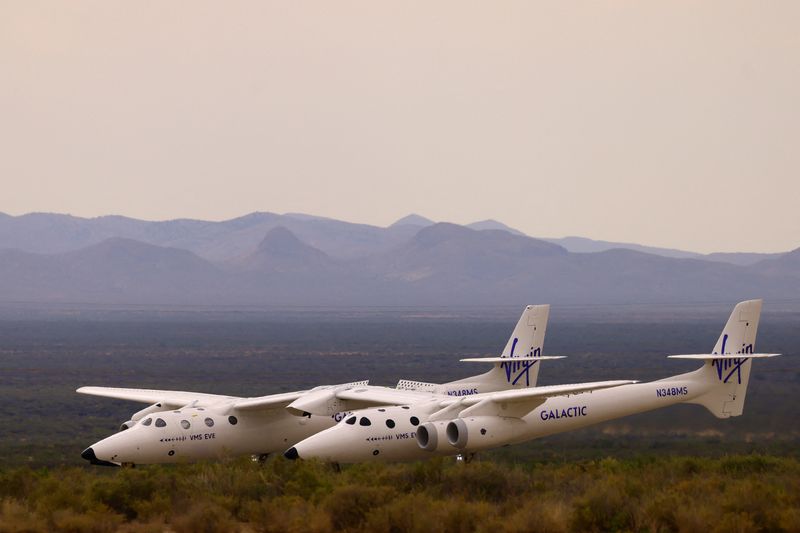Apple’s latest iPhone was released in early September and started shipping shortly after the announcement. The release included a standard and Pro version, available in two sizes and various memory configurations. While the iPhone 15 introduced the long-rumored move to USB-C, there were no significant advancements in terms of performance or features. From a consumer standpoint, these upgrades are mostly iterative, driven more by contract and retailer incentives than hype. The launch prices for these models are comparable to previous years, ranging from $800 to $1600. Consumers are always looking for ways to lower the price, often opting to trade in their current device for credit towards a new one. As a result, carriers and retailers are prioritizing the acquisition of these premium trade-ins. This has led to the growth of the secondary mobile market, where pre-owned devices are bought and sold. The secondary market has seen significant growth, driven by factors such as increased demand for refurbished iPhones and trade-in promotions. These factors have also impacted the B2B market for pre-owned iPhones. Other macro-level factors that affect the B2B market include supply chain issues, market share fluctuations, inventory levels, consumer spending and inflation, and competitive discounts. On a micro-level, factors that determine an individual device’s value include age, model, condition, carrier locked status, and seasonality. B-Stock, a company specializing in the secondary market, has developed advanced machine learning algorithms to predict market prices for iPhones. With their extensive data and predictive capabilities, they can help organizations make data-backed decisions and optimize margins. B-Stock has been collecting B2B pricing data since 2012 and uses statistical techniques such as outlier detection, interpolation, and machine learning to analyze the data and provide insights.
Source link





















